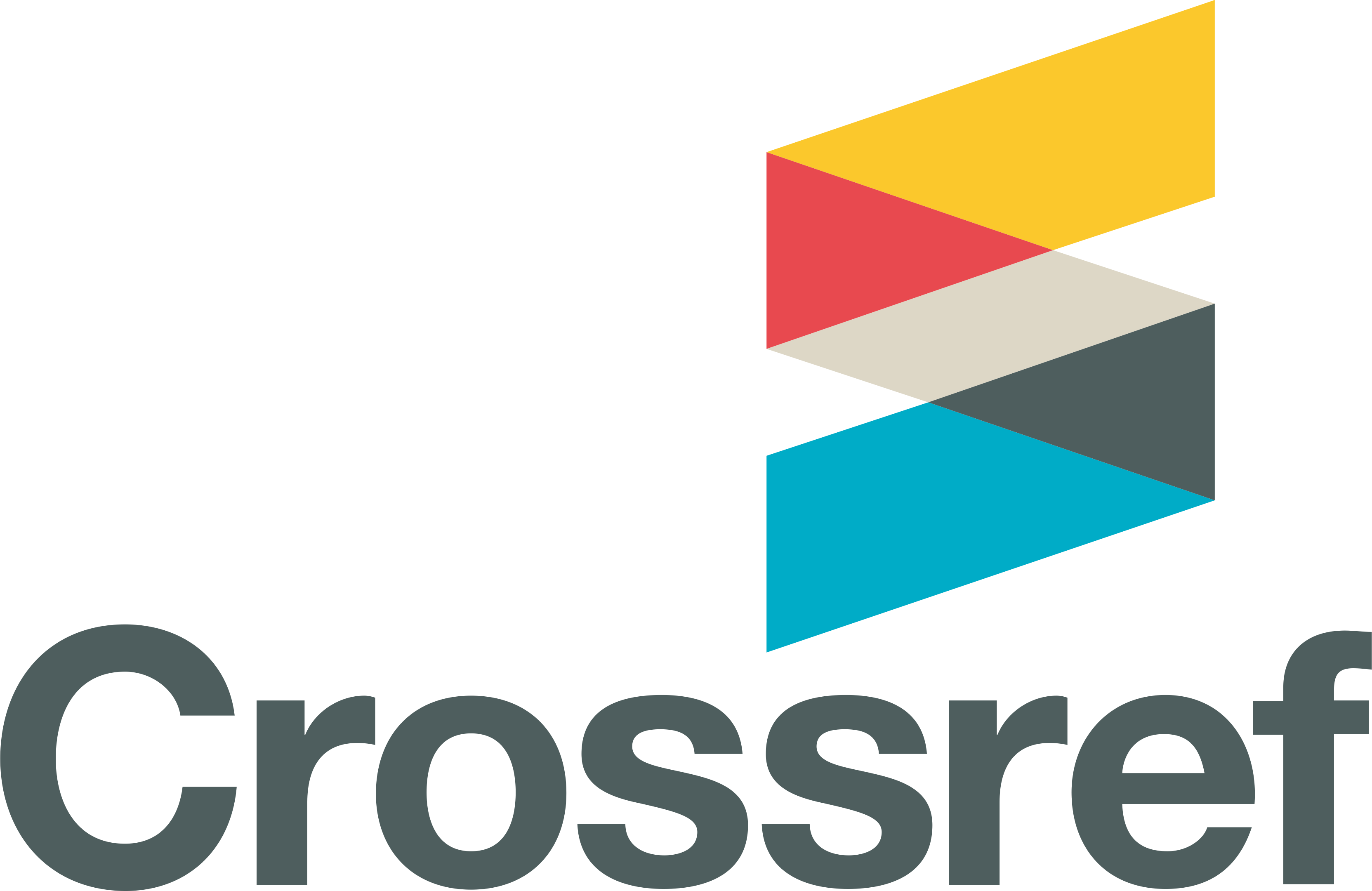Ethnozoological study of traditional medicinal animals and their products used by the Manobo Umayamnon tribe in the Southern Philippines
Keywords:
Ethnomedicinal Animals, Manobo Umayamnon, Fidelity LevelAbstract
This study documented the species of animals used by the Manobo Umayamnon tribe in Loreto, Agusan del Sur, Philippines. The animal parts for medicinal purposes and the treatment process of the ethnomedicinal species were surveyed. The most commonly used animals were determined using Fidelity Level (FL) and Informant Consensus Factor (ICF). The Relative Frequency of Citation (RFC) that indicated each species' local importance was also determined. A total of 100 respondents from six barangays were interviewed regarding the utilization of animals for medicinal purposes. Manobo Umayamnon listed a total of 11 species of medicinal animals that belong to 11 families. Python snake bile was the most commonly used animal organ, decoction was the most widely used preparation method, and drinking was the most frequent way of administering medicine. Based on RFC values, the family Pythonidae (Baksan) accounted for 94.59% of the animals. The findings provide a detailed inventory of valuable medicinal animals utilized by the Manobo Umayamnon tribe and serve as a physical record of their culture.
Downloads
Published
How to Cite
Issue
Section
License
Copyright (c) 2021 Elizabeth Gomez, Eve Gamalinda, Archie Along, Leila Ombat, Florence Jhun Almadin

This work is licensed under a Creative Commons Attribution-NonCommercial 4.0 International License.




